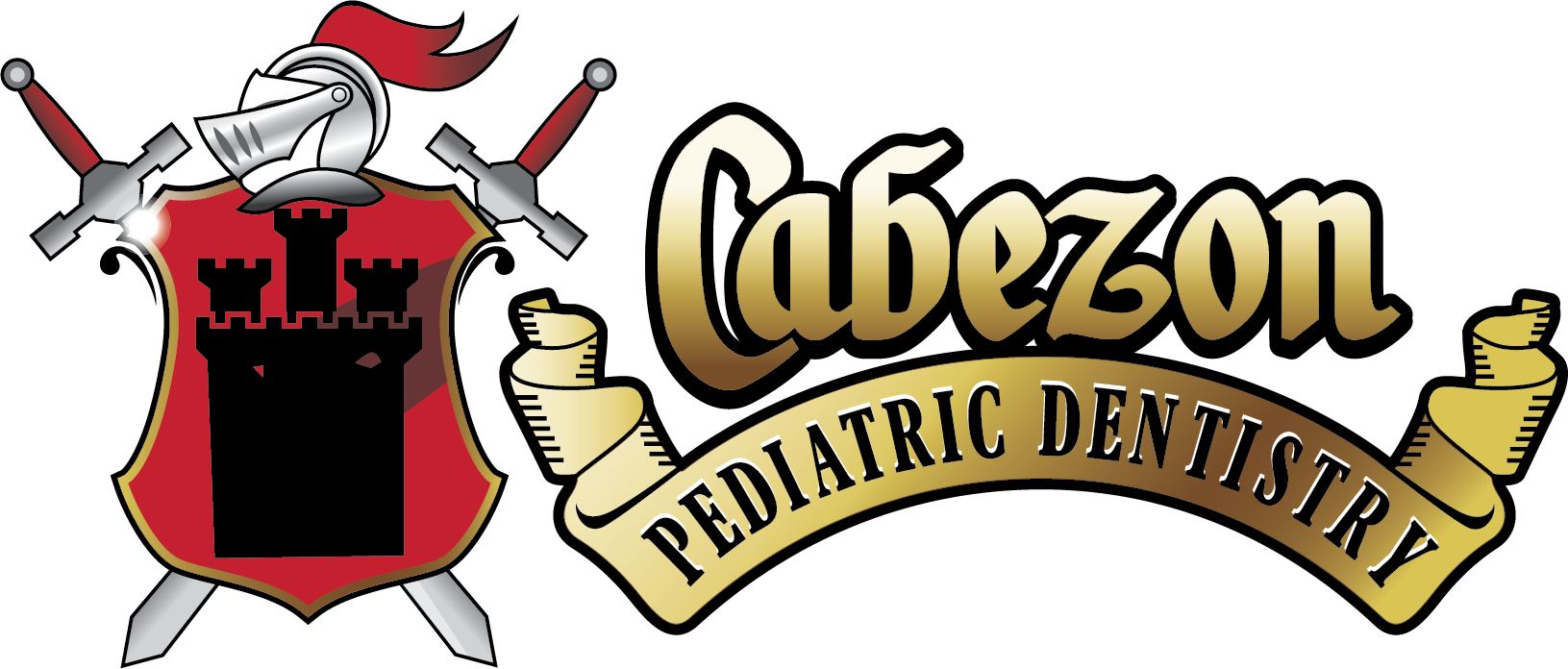Dental phobia? Low pain tolerance? Strong gag reflex? We are here to help.
We are licensed to administer in-office, conscious sedation. Sedation dentistry refers to the use of sedation during dental treatment. Sedation is most commonly used during extensive procedures, for patients with dental phobia or for patients who find it difficult to sit still. There are different types of sedation, including inhaled sedation (“laughing gas”), IV sedation, oral sedatives and general anesthetic.
Sedation can range from the use of laughing gas to calm a patient to general anesthetics used to put patients to sleep. Patients with dental phobia, low pain tolerance, major dental treatment, physical handicaps or strong gag reflexes may require sedation. Procedures like fillings, crowns, bridges, root canals, extractions, cosmetic procedures and periodontal treatments often require sedation.
Sedation is endorsed by the American Dental Association and is an effective way to make many patients comfortable during their dental visit. Before using a sedative or anesthetic, it is important to tell us about any medications or medical treatments your child is receiving. Before administering any sedative or anesthetic, we will talk to you about the process and provide pre- and post-sedation instructions.
We offer 3 types of sedation, used only when necessary.
